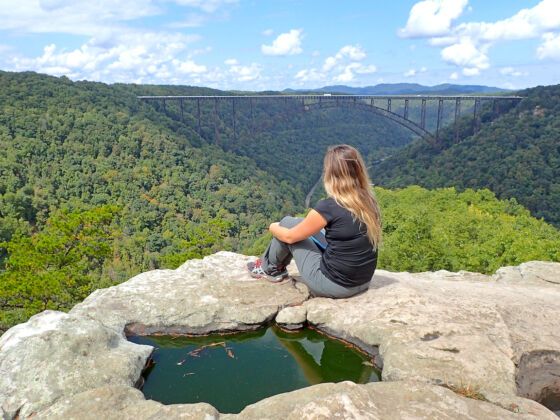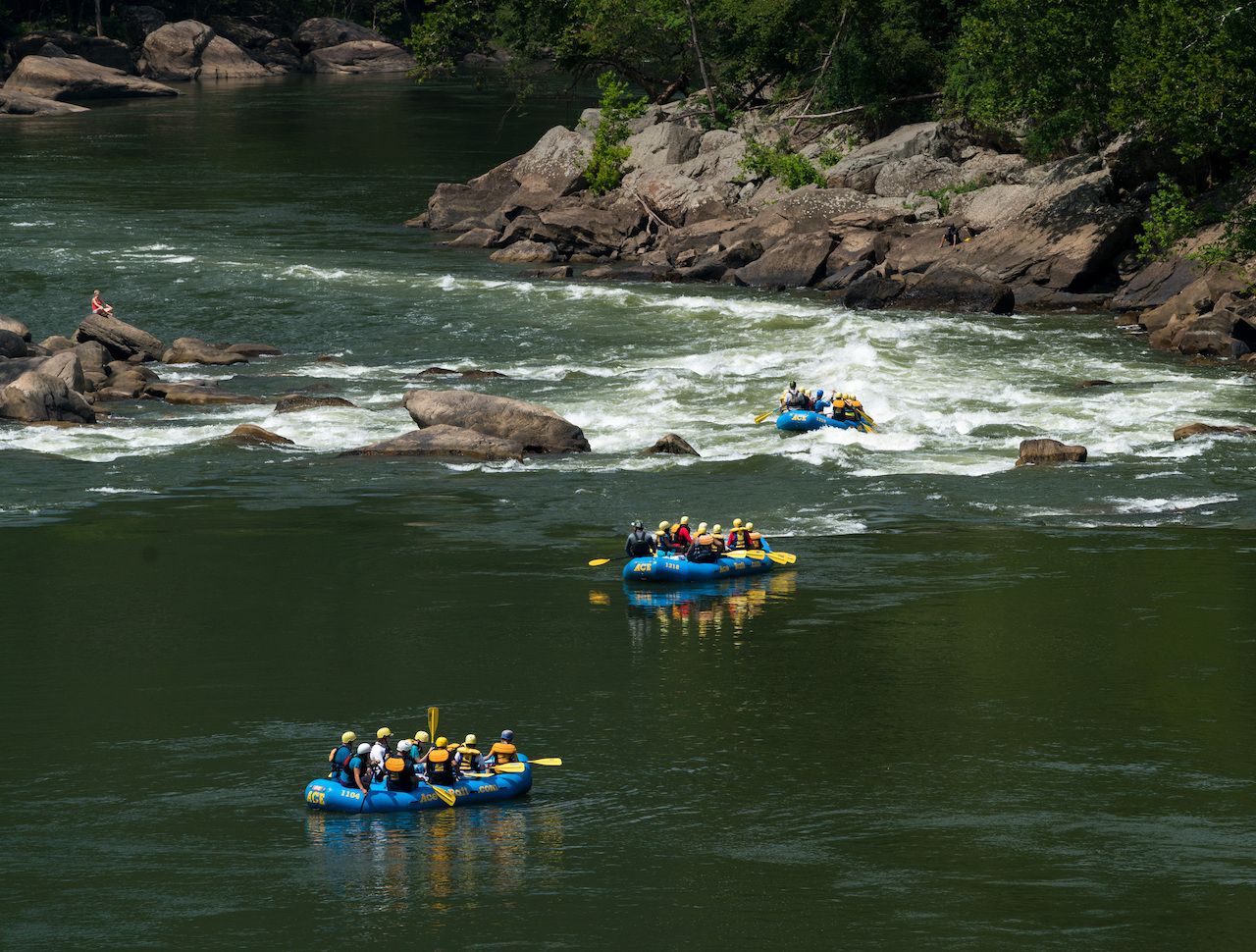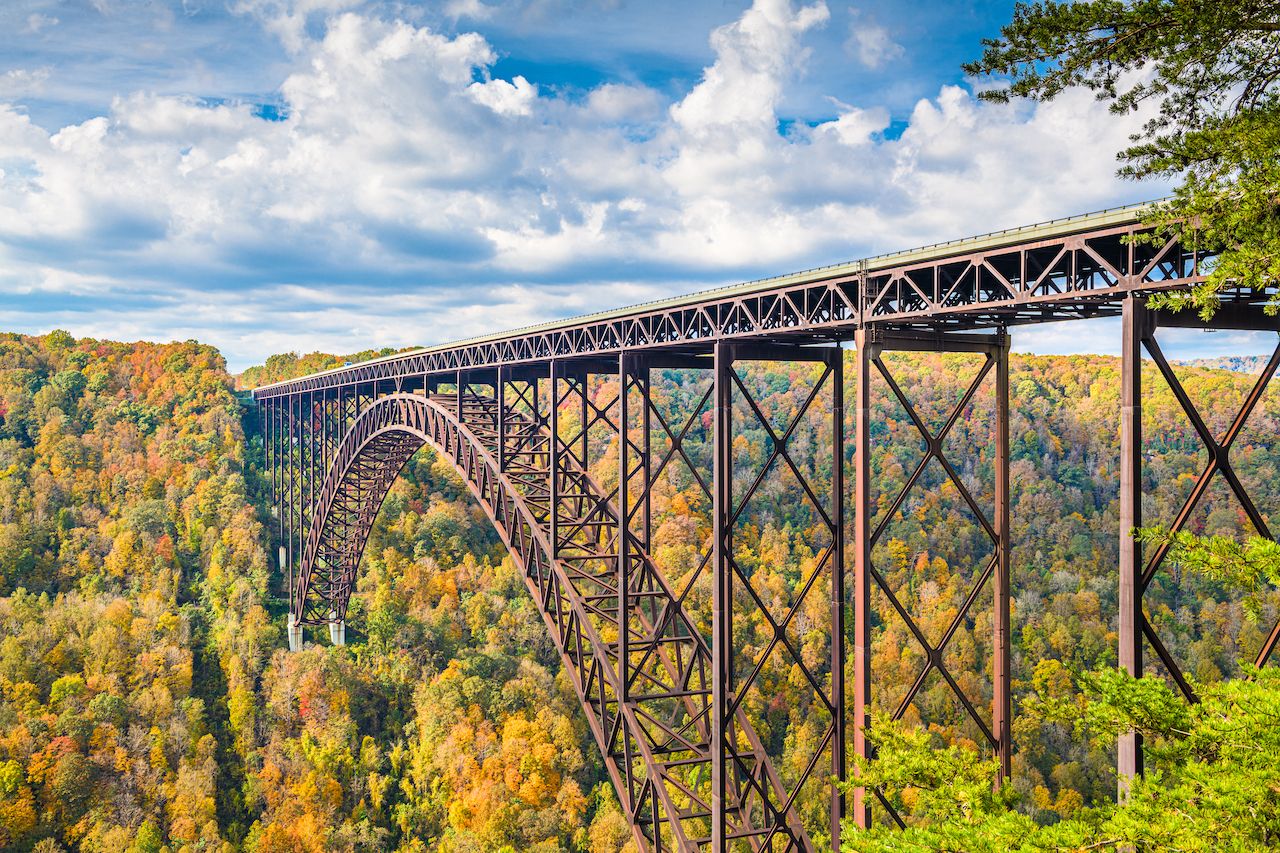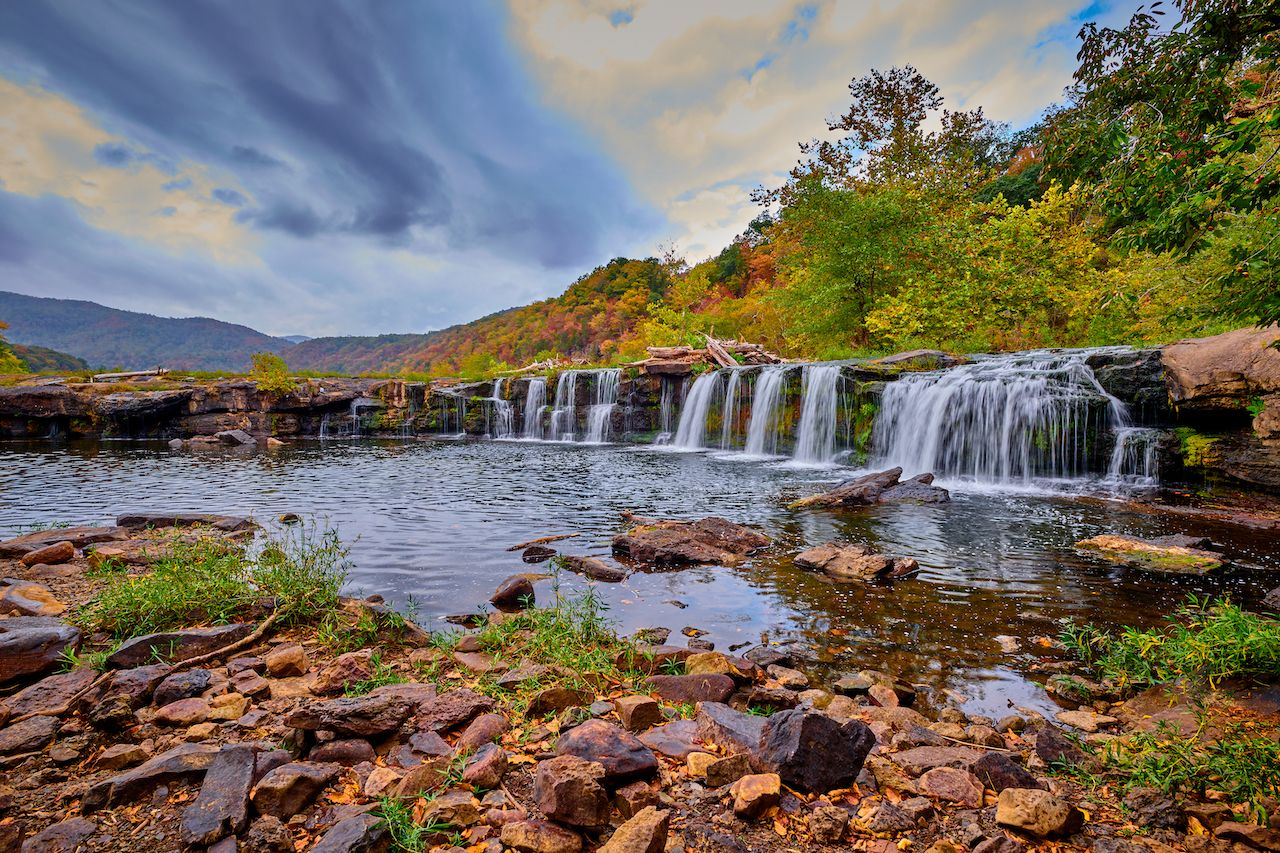As of December 27, 2020, the Appalachian Mountains’ largest gorge is officially a national park. The New River Gorge National Park and Preserve in West Virginia is the 63rd national park and has some of the country’s best whitewater rafting and rock climbing. The ability to do both here, combined with the area’s outstanding natural beauty, speaks to why New River Gorge just got promoted to the majors.
This area just outside of Fayetteville, West Virginia, is renowned among East Coast outdoorsy types but relatively under the radar for the rest of the country. That is surely about to change. At the same time, even with more traffic passing through, the New River Gorge is unlikely to lose its appeal to diehards — given its 1,000-foot sandstone walls, challenging river rafting, and backcountry trails and pitches. Here’s how to get the most out of this new national park on a day trip or long weekend.





